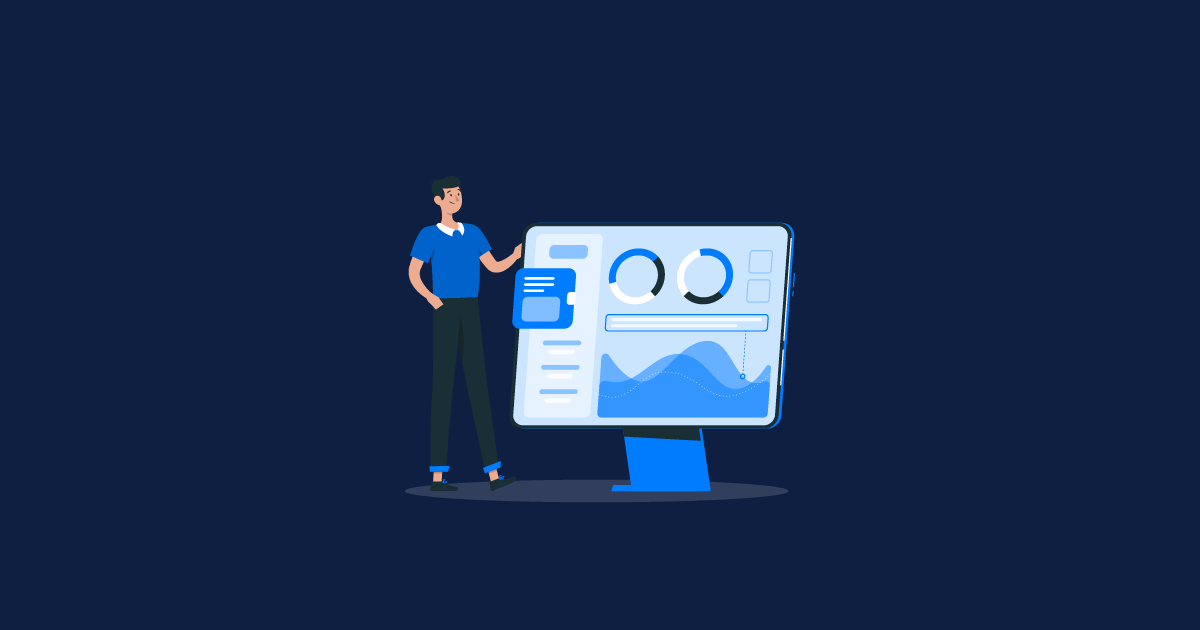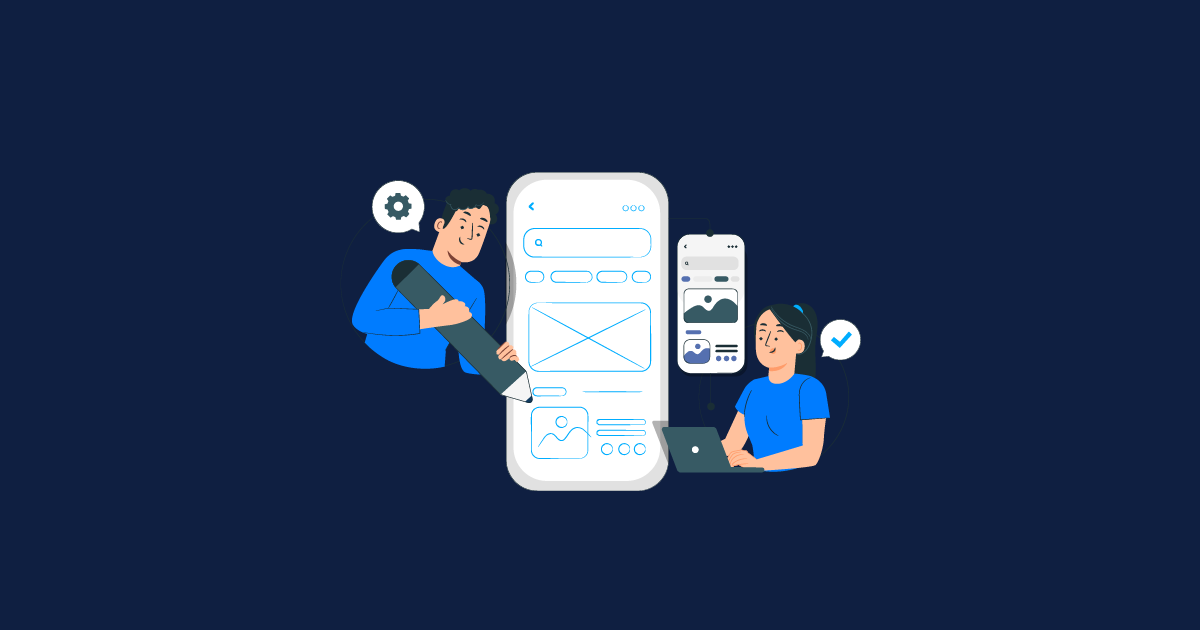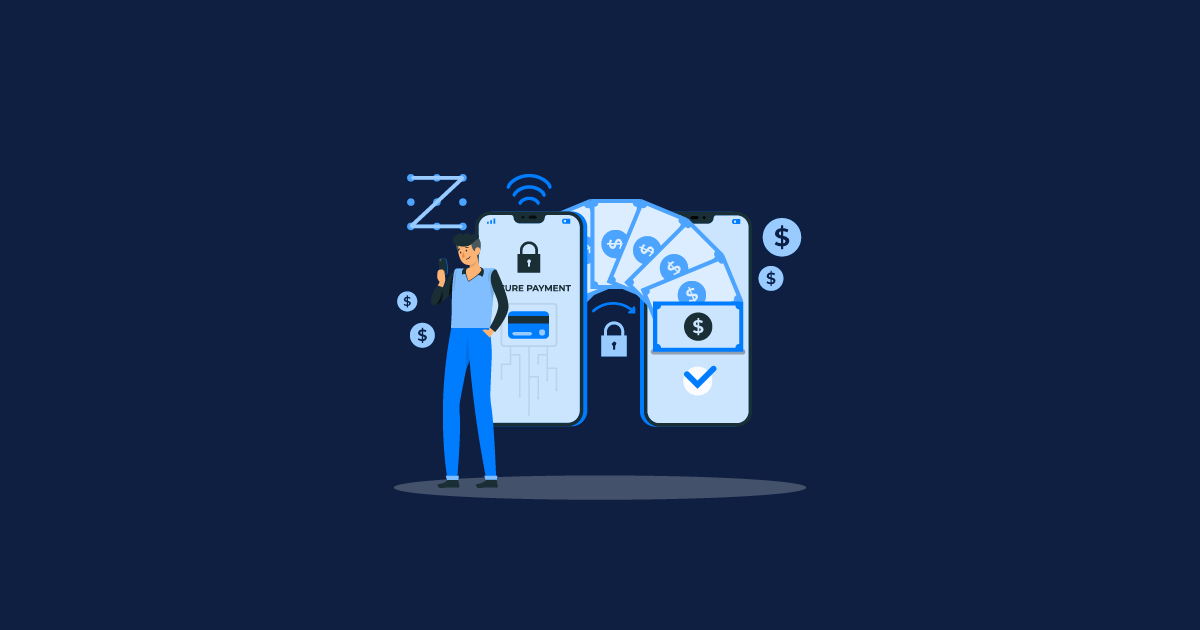Learn how to overcome healthcare software testing challenges, from compliance to performance, ensuring secure, reliable, and efficient medical solutions.
The healthcare industry is a complex ecosystem, continuously evolving to meet the needs of patients, providers, and regulators. With this growth comes an increasing reliance on sophisticated software systems that handle everything from patient records to medical diagnostics. Healthcare software must operate flawlessly to ensure patient safety and comply with stringent regulations. However, testing these systems is fraught with unique challenges. Let’s explore some key obstacles faced during healthcare software testing and how to navigate them.
1. Regulatory Compliance and Data Security
One of the foremost challenges in healthcare software testing is ensuring regulatory compliance. Healthcare systems must adhere to numerous regulations, such as HIPAA in the United States, GDPR in Europe, and other local data privacy laws. These regulations govern how patient data should be managed, protected, and stored.
Testing for compliance requires an in-depth understanding of the legal frameworks involved and how the software handles sensitive data. Testers need to validate that data encryption, secure access controls, and audit trails are functioning correctly. Automated testing tools can be particularly useful for tracking compliance with evolving regulations and for testing data encryption methods.
2. Complex Integration with Legacy Systems
Healthcare organizations often rely on a mix of modern and legacy systems, which must seamlessly integrate to function correctly. This creates a significant challenge for testers, as they must validate that new software can operate alongside outdated systems without introducing bugs or security vulnerabilities.
A robust integration testing strategy is essential. Testers should focus on end-to-end testing, ensuring that all data flows smoothly between systems and that the software can interact with legacy platforms without issues. This requires meticulous planning and extensive collaboration between different development and operations teams.
3. User Experience and Accessibility
Healthcare software must be user-friendly for a wide range of users, including doctors, nurses, administrative staff, and patients. Each group interacts with the software differently, requiring comprehensive testing to ensure usability and accessibility. Healthcare applications often involve real-time decision-making, so even minor usability issues can lead to significant consequences.
Testing for user experience involves assessing the software’s ease of navigation, the intuitiveness of its interfaces, and the response times. In addition, accessibility testing is crucial to ensure that the software accommodates users with disabilities, adhering to standards like WCAG (Web Content Accessibility Guidelines). Usability testing with real healthcare professionals can provide valuable feedback for optimizing the software’s design.
4. Managing High Volumes of Data
Healthcare software often deals with large volumes of data, including medical images, lab results, and patient histories. Testing these systems for performance under heavy data loads is critical, as slow or unresponsive software can impede medical procedures and risk patient outcomes.
Performance testing is essential to evaluate how the software behaves under stress, particularly during peak usage times. Load testing tools can simulate heavy data loads and network traffic to ensure the system remains responsive. Additionally, ensuring data accuracy and integrity is vital, as any loss or corruption of patient data could be disastrous.
5. Ensuring Interoperability
In today’s healthcare landscape, interoperability between systems is essential for a seamless flow of information. Whether it’s transferring patient records between different hospitals or ensuring compatibility with various medical devices, healthcare software must be capable of interoperating with other platforms.
Testing for interoperability involves verifying data exchange protocols like HL7 and FHIR and ensuring compatibility with multiple devices and platforms. Testers must conduct both manual and automated tests to ensure smooth data exchange and integration across different healthcare systems and devices.
6. Real-Time Monitoring and Reliability
Many healthcare applications, especially those involved in monitoring patients or assisting with surgeries, require real-time processing. The system must operate without delays or glitches, as any downtime can have life-threatening consequences. Testing these systems for reliability is one of the most critical and complex tasks.
Testers should focus on reliability testing, ensuring that the software can consistently handle real-time data without crashes or delays. Monitoring tools can be used to track performance metrics over time and detect potential issues early. Failover and redundancy testing is also important, ensuring that systems can recover quickly in the event of a failure.
Conclusion
Testing healthcare software comes with unique challenges, from ensuring regulatory compliance to managing complex integrations and real-time performance. However, by implementing a comprehensive testing strategy, using automated tools, and involving healthcare professionals in the testing process, these challenges can be effectively navigated. In the end, thorough testing not only ensures compliance and functionality but also helps maintain patient safety, which is the ultimate goal of any healthcare software system.



